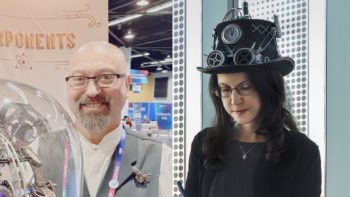By Margaret Harris
How do you dramatize the obscure process of funding scientific research for a public audience? If you’re a general-interest publication like The New York Times, one answer is to use cancer as an example.
A thought-provoking article published at the weekend describes how the tendency to dole out grant monies to projects that are limited in scope — and therefore quite likely to succeed within their allotted few-year period — is hurting cancer research. “Playing It Safe in Cancer Research” cites as examples a study of whether people who really like food have trouble following diets (funded), and research that led to the development of herceptin, a ground-breaking treatment for certain types of breast cancer (rejected by mainstream agencies, funded by a special grant from a cosmetics firm).
It occurred to me while I was reading the article that these issues are far from unique to cancer research. Scientists in all disciplines have long complained about how the process of applying for and receiving grants seems to reward “incrementalist” research, and “You have to say what you’ll find before they’ll pay you to look for it” is a common refrain.
It seems I wasn’t alone in thinking the problem could be relevant to physics. Today’s letters section in the NY Times includes one from Lee Smolin of the Perimeter Institute for Theoretical Physics, in which he suggests a “scientific venture capital” fund that would support high-risk, high-reward research using 10 percent of the existing US science budget. Another writer, neurologist Michael Rogawski, suggests funding researchers based on what they’ve already done, not what they’re proposing to do.
What do physicsworld.com readers think of these ideas? Any other suggestions for how we should be rewarding risk-taking research?



